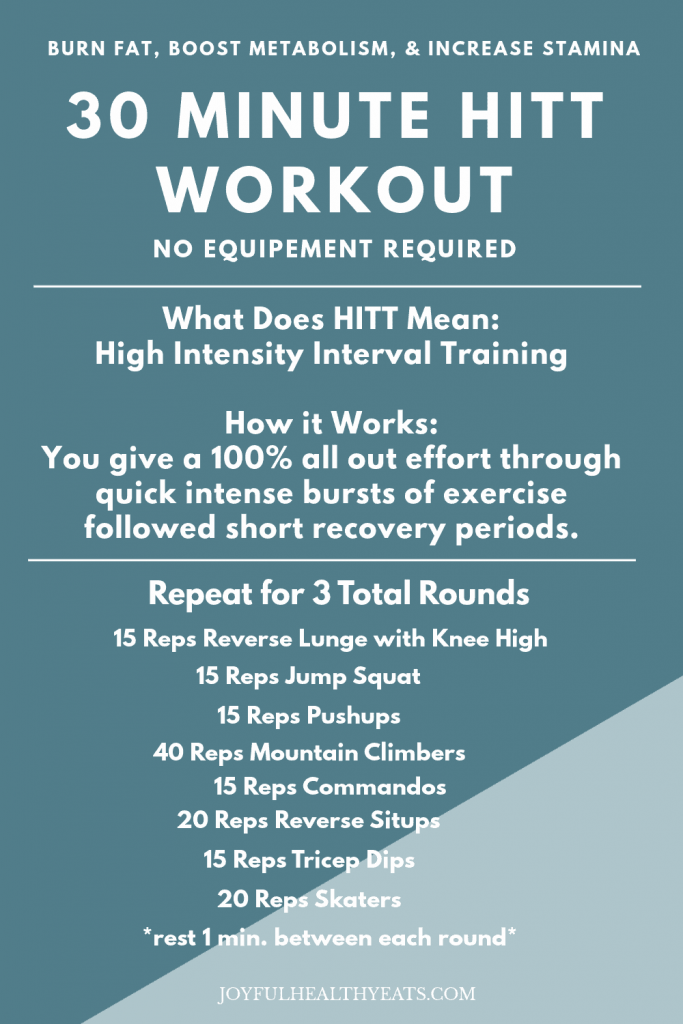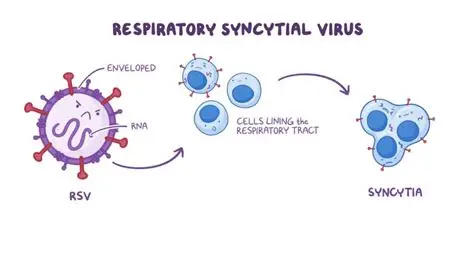
The Cortisol Creep: Is HIIT Stressing You Out?
အောက်ဆုံးထိ ဆွဲကြည့်ပေးကြပါ ခင်ဗျာ
High intensity interval training can produce amazing results. But, like anything, it’s best in moderation.
High intensity interval training (HIIT) has gained acclaim as being an efficient way to improve many aspects of physical fitness.
But without proper recovery, intense exercise can lead to elevated levels of cortisol in the bloodstream and heightened symptoms of physical stress, even when exercise is not being performed.
One of the many hormones our body creates to deal with stress is cortisol. The brain begins to sense stress during high-intensity training, and a flood of these substances is secreted. The sympathetic nervous system is subsequently activated by the cortisol release, thus causing a fight-or-flight reaction.
What is HIIT?
Whether you’re on your Peloton bike, doing a YouTube workout, or attending a class at the gym, chances are good that you’ve heard of, and maybe even tried, HIIT.
A HIIT workout consists of short bouts of intense work lasting anywhere from 10 to 60 seconds, followed immediately by a period of active recovery of the same length or longer.
This cycle of hard work and recovery is repeated anywhere from 3 to 10 times, depending on the workout.
Positive physiological benefits from HIIT include heightened post-exercise metabolism, improved body composition, and improved fasting blood glucose and insulin sensitivity.
Because of the benefits gained within only a few workouts, HIIT has gained a reputation as being a “magic pill” of exercise.
With HIIT, you may see changes within a matter of weeks and walk away from your workouts feeling a new level of productivity and power.
It only takes a few intervals to experience your body’s heightened level of energy, which is influenced by a fluctuation of hormones, especially cortisol.

What is cortisol?
One of the many hormones our bodies make to deal with stress is cortisol.
During HIIT, the cerebrum detects pressure, and an outpouring of chemicals is delivered, including cortisol. The fight-or-flight response is triggered when cortisol is released, activating the sympathetic nervous system.
By and large, this thoughtful sensory system reaction to peril was the way in to our initial endurance, giving our bodies quick energy and ability to battle or escape when fundamental.
Cortisol is answerable for physiological changes, for example, the fast breakdown of fats and starches and an ascent in glucose for guaranteed energy and stifling the resistant framework to zero in the bodies’ energy on the possibly dangerous main job.
How HIIT affects cortisol levels
This cortisol response that it generates is part of what makes HIIT training so effective at turning the body into a lean, quick, and powerful machine.
As your legs begin accelerating as quick as could really be expected, your mind gets the message that your endurance relies upon this span, so, all in all cortisol and different chemicals are delivered, sending you into the thoughtful sensory system reaction.
Following this energizing and hormonally demanding experience, the body then improves its metabolism.
Symptoms of the cortisol creep
The problem with cortisol is that when our body has too much of it — either because of physical or psychological stress — it floats freely in the bloodstream, causing negative symptoms to creep into your everyday life.
Overtraining syndrome has some physiological causes, which may include a raised level of cortisol. The symptoms of overtraining syndrome include:
- chronic fatigue
- muscle fatigue or a noticeable decrease in power while exercising
- changes in mood
- lack of physical and psychological motivation
- changes in sleep patterns or sleeplessness
- feelings of anxiety
- repressed immune system and consistent illness
When your body is overly taxed by an imbalance of cortisol, any of these symptoms can be present, even when you haven’t worked out within the last few days.
Ideally, your body should be able to accurately determine when the reaction of fight or flight is most useful and appropriate. But too much HIIT can confuse the brain into signaling a protective response even when our bodies are supposed to be calm or at rest.
Everyday tasks, such as packing lunches and driving to work, might leave you feeling agitated because your body is misinterpreting everyday stress as life threatening stress.
Because HIIT solicits such a powerful reaction from our sympathetic nervous system, it’s critically important to prioritize recovery when your workouts are frequently of high intensity.
The importance of recovery
Rather than the thoughtful sensory system, the parasympathetic sensory system is answerable for sending the body into rest, condensation, and recuperation mode.
Recovery between intervals and recovery days between workouts are key to seeing positive physical results from your HIIT workouts.
The quality of your recovery is also important, and can be enhanced with different practices, including:
- sleep
- good nutrition and hydration
- meditation and slow breathing exercises
- foam rolling or massage
- abstaining from intense exercise
If your body is constantly in a state of stress, the positive effects of HIIT can be reversed, with your hard work working against you.
Recognize your body’s state of stress, both psychological and physical, and if you feel any of the warning symptoms listed, take some additional time away from HIIT.
It is important to note that this kind of workout should be performed 2–3 days a week at most, with rest days between each HIIT session.
Periodizing your workout program on a monthly cycle is a good way to prevent harmful symptoms of overtraining, leaving yourself a few days that don’t include HIIT workouts.
While HIIT will make your body stronger in many ways, because of the cortisol response it generates, it is perceived by the body as stress.
The role of recovery is essential to maintain the benefits of HIIT workouts, as is an awareness of physical and psychological signs of chronic stress. Otherwise, your efforts may backfire.
So, next time you challenge yourself with a HIIT workout, be sure to plan for rest afterward to reap the biggest gains.
- What is the message of the song “Imagine” by John Lennon brainly?

- What is the mean of Wind of Change ?

- The Key Vitamin That Prevents Dementia

- Coffee May Help Protect Against AFib, Challenging Advice to Avoid It
- What Is The Difference Between Being Hard of Hearing and Deaf?

- What is Respiratory syncytial virus?



Thanks for everything 💞
Thanks♥️
Thanks for sharing
Thanks lots for everything
✔✔✔
🖤🖤
Thanks ❤️
Much appreciated 👍
Thanks for sharing ❤️
Thanks 💜
Thanks 💜
Thanks for sharing and your efforts.
HIIT workout 💪
Thanks for sharing knowledge!
Thanks for your sharing 😘